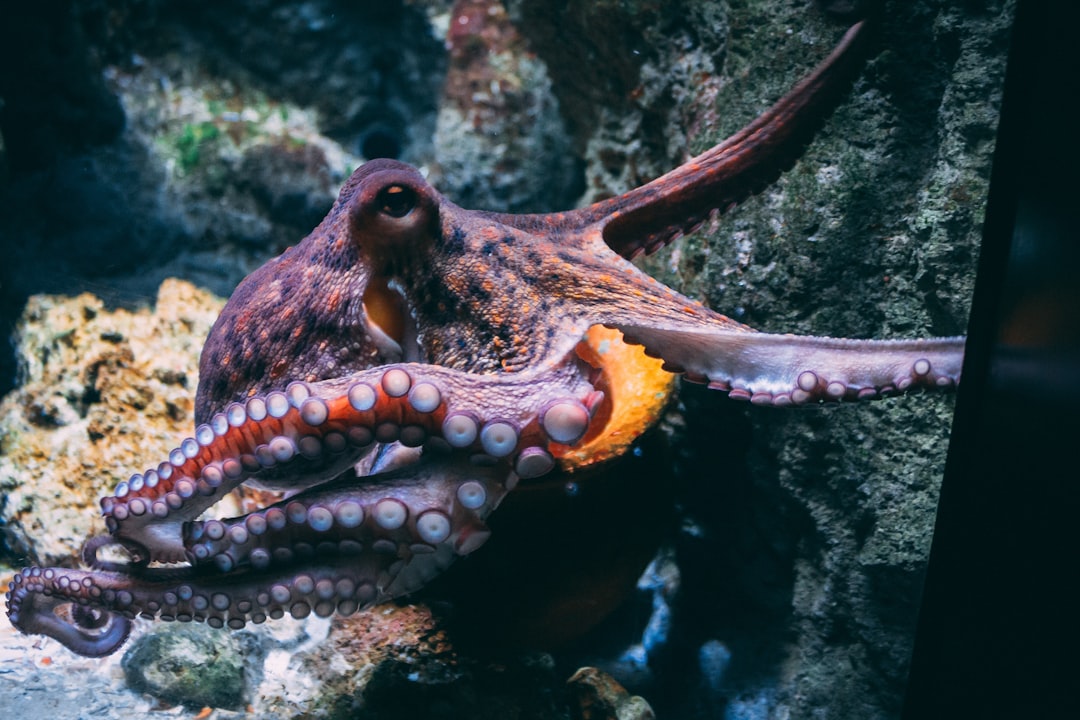What is it about?
Humpback whales produce calls on their high latitude foraging grounds. These calls are produced by males, females, and by whales of all ages. Until recently our estimates of how loud these vocalizations were were based on a very small number of observations made in the 1980's. Since then both technology and our understanding of ocean dynamics (which may impact how we measure call loudness) have significantly improved. In this study we used four underwater hydrophones in Glacier Bay National Park to measure how loud humpback whale calls are in Southeast Alaska, and to find out if some call types are louder than others.
Featured Image
Why is it important?
This work is extremely important in order to understand both why humpback whale call ("What are they saying?") and also for understanding how ocean noise may impact their ability to communicate ("Are their calls drowned out by ambient noise?"). Additionally, how loud an animal vocalizes may tell us something about who the animal intends to talk to. Louder calls are presumed to have a broader audience, quieter calls may be meant for close range communication. Humpback calls in Alaska, as it turns out, are quieter than reported anywhere else in the world so far. This may be a reflection their social structure, or it may be because they are calling in a relatively quiet part of the ocean.
Perspectives
This study was a collaboration between students, academics, and managers. The co-authors and volunteers who contributed to this work invested their efforts into learning something new and true about a charismatic animal. Additionally, this work builds on a legacy of research studying humpback whales in Glacier Bay National Park, acting as a natural observation platform for humpback whale behavior within a marine protected area.
Michelle Fournet
Oregon State University
Read the Original
This page is a summary of: Source levels of foraging humpback whale calls, The Journal of the Acoustical Society of America, February 2018, Acoustical Society of America (ASA),
DOI: 10.1121/1.5023599.
You can read the full text:
Contributors
The following have contributed to this page










